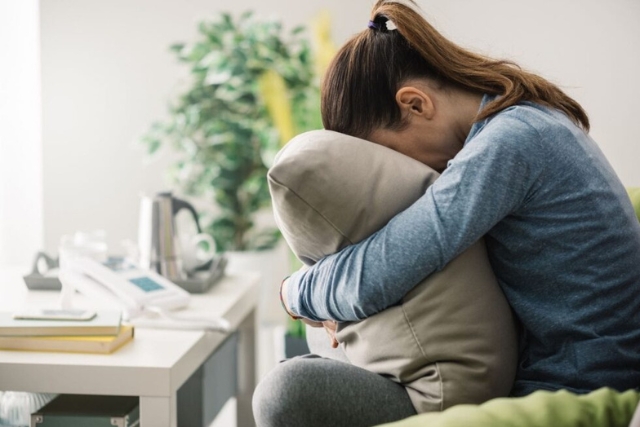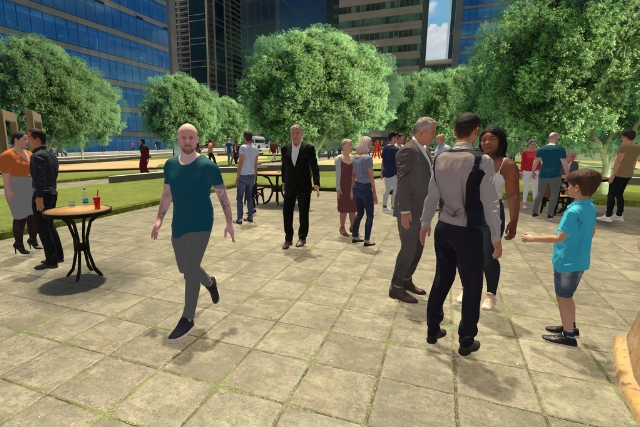Rédigé par Rodolphe Oppenheimer
Le 10 Octobre 2016
Phobos est l’incarnation de la peur, il suivait son père sur les champs de bataille. La peur panique qu’il déclenchait à sa simple vue traduit ce que ressent une personne lorsqu’elle est confrontée à l’objet de sa peur. Les phobies sont nombreuses et certaines sont plus connues que d’autres, parmi elles, l’agoraphobie et la claustrophobie. En revanche l’aviophobie l’est moins alors qu’elle touche bon nombre de ceux qui, eux aussi, rêveraient de découvrir des plages de sable fin.
La particularité de la phobie est qu’elle est souvent responsable d’un « empêchement » de vivre parce qu’elle contraint la personne qui en souffre à ne pas faire ce qu’elle voudrait, à ne pas accéder à ses désirs. Elle peut également se « transmettre » par l’anxiété qu’elle dégage dans l’entourage du patient. Ainsi, l’aviophobie déclenche des symptômes que l’individu ne contrôle pas : peur de mourir, sensation de folie passagère, sensation d’étouffement etc. Ces symptômes irrationnels ont pourtant une logique pour celui ou celle qui en est victime. Si l’avion devient l’objet de l’angoisse morbide, un cercueil volant, il suffit de ne plus vivre ce risque pour que la mort ne soit pas. Cette logique liée à l’aviophobie se combine très souvent aux deux autres phobies sus-citées devenant ainsi un enfer pour quiconque en souffrirait.
La réalité virtuelle peut aider à dépasser la peur de l’avion. Dans le service du Pr Christophe Lançon à l’APHM, le Dr Éric Malbos et la société C2CARE à Marseille, ont créé un système de réalité virtuelle qui permet au patient de se confronter à ses phobies, véritables handicaps du bien-être, et d’avoir enfin la perspective de les vaincre. Lorsqu’un professionnel tente d’aider un patient à surmonter sa ou ses phobie(s) et notamment l’aviophobie, il est difficile pour lui d’accompagner son patient dans les aéroports aux fins de lui faire réaliser quelques exercices, comme c’est le cas pour l’agoraphobie ou la claustrophobie.
Dans le cadre des Thérapies Comportementales et Cognitives (TCC), la réalité virtuelle permet au patient en souffrance de se balader dans un aéroport, de se confronter progressivement et sans que ce soit trop angoissant encore, à ce qui le paralyse. Ces séances faites en présence permanente d’un professionnel permettent au patient de dialoguer, d’analyser ce qu’il se passe en lui lorsqu’il est en situation, sans pour autant être coincé dans un endroit qui le terrorise. Les TCC, l’analyse, la prise en charge par le programme de réalité virtuelle permettent l’accompagnement complet du patient qui se voit enfin dans un contrôle de ces peurs, dans une analyse de son psychisme lui permettant ainsi de comprendre pourquoi ces « fantasmes » psychiques et ces images mentales morbides se produisent, et quelles en sont les raisons profondes.
Avoir peur est une condition nécessaire pour se préserver face à un danger. Mais que le danger supposé devienne la condition nécessaire de l’individu n’est pas dans l’ordre des choses. Les vacances doivent rester un moment agréable, une perspective de source de plaisirs, elles ne doivent pas être anxiogènes. Reconditionner le schéma cognitif est possible. L’aide apportée par les professionnels et les nouvelles technologies doivent constituer la possibilité d’une liberté retrouvée pour tous ceux qui souffrent. Si une révolution doit avoir lieu, elle doit être celle qui ferait enfin peur à Phobos, lui faisant quitter enfin, définitivement, le tarmac des aéroports et disparaître la peur de l’avion.
Vous êtes un professionnel de santé ? Découvrez nos solutions pour traiter les phobies de vos patients
Vous êtes un particulier ? Découvrez nos services pour soigner votre phobie


